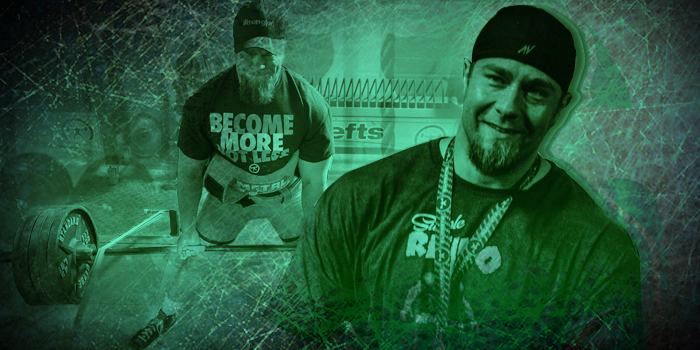
Pain can be debilitating and there is never a good time for it to show up. When you're in meet preparation, chronic pain is even worse. You're trying to maximize your training, but when every rep hurts or the fear of pain is in the back of your mind, you start to compensate and hold back. For the last two meet cycles, I've been fighting elbow, triceps and forearm issues. Though I ran into roadblocks, those issues helped refine my training and set me up to break personal records.
When issues first started popping up, I wasn't in a place to get them addressed by a professional. Don’t make my mistake—address your issues immediately! Find the time, the money or the right modality to get you healthy.
RECENT: 4 Powerlifting Trump Cards You Should Hold Onto
Without the attention it needed, my elbow went from a general ache when pressing to a triceps tendon so tender that I couldn't put my elbow on the table. Elbow sleeves, liniment, self-administered soft tissue work, acupuncture and stretching did little to help. My next step was to drop all, or nearly all, the exercises that caused me pain. As a long-arm lifter, my triceps need to be even stronger to give me a modest bench press. On the flip side, not being able to press at all would be worse than giving up a few pounds. I could still press with only slight discomfort so that is where I invested my time.
As my elbow got worse, my exercise selection became more limited. Any exercise with an extreme elbow bend aggravated it even more. Dumbbell pressing, push-downs and dips were all out. Forget about any kind of extension or other isolation exercise. I had to take control of what I could. I adapted my training to include the exercises I could do and the ones that got me stronger.
Every upper body workout was tentative. I tested something, and if it hurt, I moved to something else. I did very little isolation work and more pressing work than I've ever done before. Even though the exercises changed, the pattern repeated itself. I created a system and the end result was surprising even to me. I knew that a small PR was there, but not 40 pounds along with a near miss at an all-time bench PR at a lighter weight class. Through this problem, I found what I needed to improve my bench.
George Halbert once said something about a board press giving him everything a push-down would and more. I had to take this to heart and keep looking for answers. This is how I built a bench with trashy triceps.
Dynamic effort day: Dynamic effort day went from two pressing exercises to three. Normally, my dynamic effort (DE) bench was followed by a board press or a dumbbell press. Now, my workout started with weight releasers followed by DE bench and then a mid-range lockout exercise. During the week, I split this workout into two because the pressing took a majority of the time I had available. I did my lat, upper back, shoulder and bicep work the day after my pressing work.
Weight Releasers (First Press): This should be its own article, but I didn’t want to leave out a critical piece of my training. I used weight releasers before speed bench in week one and week two of a three-week wave. They allowed me to handle a heavier load with confidence, and once I dropped my weight and added bands for speed bench, I was even faster. I used 4–8 singles in each workout. I was able to hold over 80 percent in my hands weekly without overtraining. It's the same program that Clint Darden is currently finishing.
Speed Work (Second Press): I followed the same basic speed work that I normally would. I ran three-week waves with increasing band tensions over 12 weeks. I took the bands off every fourth week for a deload or I skipped all pressing if I felt bad enough. The reps on speed bench went from three in wave one to five on cycles two and three.
Because it's harder for me to touch in my bench shirt, I need more time under tension. Normal speed work (9 X 3) is about 27 total seconds, and with sets of five, the time under tension goes up (6 X 5 or 9 X 5) to 30–45 total seconds. Heavy band tension becomes a monster after weight releasers and this is the kind of work that I need. After years of triples, five reps felt like an eternity, and my triceps knew the difference instantly.
Limited Range of Motion: The more my elbow bent, the more trouble it gave me. I used (and still use) a foam pad/board on my chest that stopped me between a half and a one-board. The foam allowed me to drop the weight fast but not crash into a wooden board. Not only did this give relief to my elbow, but it also gave relief to a sometimes nagging shoulder. I wasn’t totally pain free but enough that I could complete the workout.
More Band Tension: I needed my triceps to work hard, and the heavier the weight at my chest, the more my elbow hurt. So I dropped the bar weight and increased the band tension. I went from a mini to a monster mini and then up to a light band. Improving my lockout while pushing my speed work made me push extremely fast or I could really struggle. You have the bottom and you have the top. There isn't any middle. I ended up pushing my mini max from the upper middle to the right at lockout. The heavier band work was another key to the puzzle.
The Slingshot: The last thing I tried for speed work was using a slingshot. I had never done this before, and I think it's a keeper. I wear briefs for box squats, so why not wear gear for speed bench? This was only used for the last cycle with light bands. By this time in the cycle when normal wear and tear take place, the slingshot helped get me through the last three weeks. This reduced the contrast from the bottom to the top yet still allowed for the triceps to be thoroughly worked. If you're having shoulder or elbow issues and still want to do dynamic effort, give the slingshot a try.
WATCH: Do You NEED A Dynamic Effort Training Day?
Mid-Range Work (Third Press): After speed work, I tried to do some sort of mid-range pressing work. Most of the time, this was the shoulder saver pad or the floor press with the American press bar. Close grip, straight weight, added bands or chains—there isn't any incorrect answer. Work hard for multiple sets of 5–6 until your triceps are done.
Rollback Floor Press: Toward the end of the cycle, I added in what was once called a Dick's press in an old Westside videotape. I used the American press bar and 60 or 120 pounds of chain. Set up like you would for a normal floor press. Bring the bar down like normal, and once your arms hit the floor, roll the hands back 1–3 inches and press it back up. This took enough stress off the elbow but turned the press into a slight extension, giving me enough triceps work for even more progress. It didn't take much weight to make this very difficult. Be careful to keep the shoulders down and avoid shrugging up on these. Reps of six or more were done for 2–4 sets. This was all dependent on how my elbow felt.
Max Effort Day: On Sundays, I had the gym all to myself nearly all the time. Without any spotter, exercise selection was limited to what I could do in the rack with the safety pins up. Reverse band presses, close grip presses, chain presses, steep or low incline and floor presses were all mainstays. If I happened to have help, I took advantage of that.
My volume was already fairly high on dynamic effort day, so I made sure to keep it as low as I could by taking bigger jumps. The goal here was to keep the intensity high and the volume as low as possible for the max effort exercise. I couldn’t get into my bench shirt alone, so without the skill work, I had to be even stronger.
Lockout Work: After taking a max single, I tackled upper end work. Taking a page from the Metal Militia playbook, I threw in pin lockouts. I could safely do these without any help. Getting 500 pounds in my hands a few times a month was important. This wasn't an ego lift because no one cares what you can press for three inches. Do the work so that you can succeed on the platform. This means that you shouldn't be doing lockouts with 500 pounds if you only bench 300. If there is a big discrepancy between your bench and pin lockout, look for issues somewhere else in your press.
Reverse Band JM Press: If I wasn’t doing pin presses, I was doing an exercise that Clint Darden recommended—reverse band JM presses. You're probably thinking that if my elbow/triceps hurt that much, a JM press would kill my elbow. The key is how the exercise is set up. These are set up so that the weight at the bottom is nearly zero, but when you're at full extension, the band totally deloads with over 185 pounds. I can’t say how much they helped with any certainty, as I only used them a few times, but they cooked my triceps and gave me my first real triceps pump in months. This was a good feeling and a good change.
Putting it Together
Now that you have some ideas to implement into your training, how do we put it all together? Below is a sample program for a 300-pound bencher. Just like the old Powerlifting USA articles, all you have to do is divide your bench by 300 and use that number as your multiplier for the prescribed weight releaser numbers. Then use 30 percent of your bench max for the weight on the weight releaser. Obviously, max effort exercises can be changed to fit your equipment availability and avoid injuries.
Twelve-week Sample Program for a 300-pound Bencher
As you can see, I didn't list any assistance work. This is an important component, but I wanted to present the big picture and not have it lost by focusing on that aspect. Work the weakest muscle first and the strongest last. Enough lat, lower trap and posterior shoulder work must be done in order to support the amount of pressing being done. You might even consider splitting off the back and shoulder work from the dynamic effort day into its own day so that you can do adequate volume. This worked well for me, and I often felt better after the workout than before.
There are ways to train around nagging injuries, but it's very important to take care of them before they get out of control. These things just don’t go away by themselves. If you're in meet preparation, you can make it to the meet and even break a PR if you're willing to train smart and put in the work. Take the ideas and concepts from this article and go get your PR.










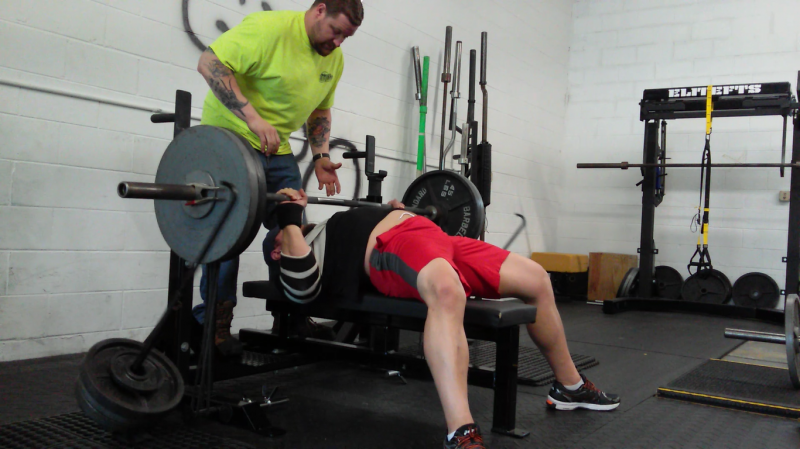
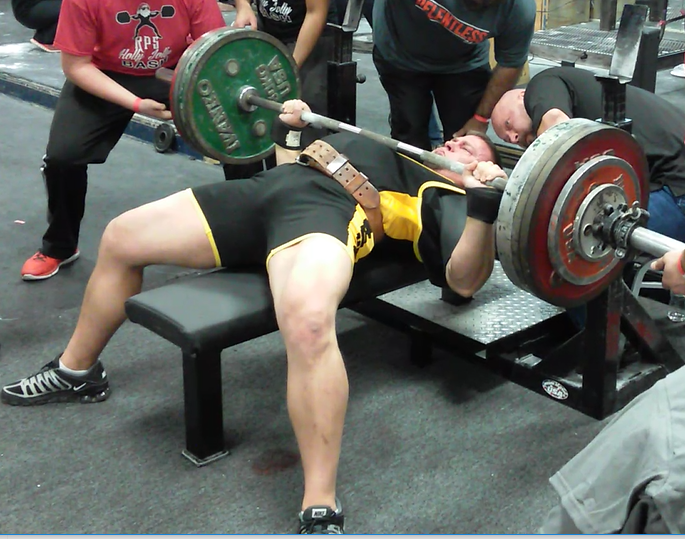
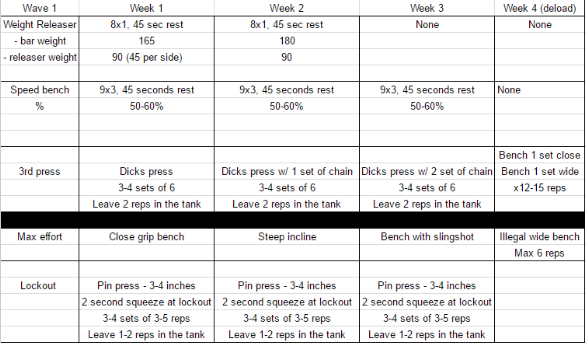
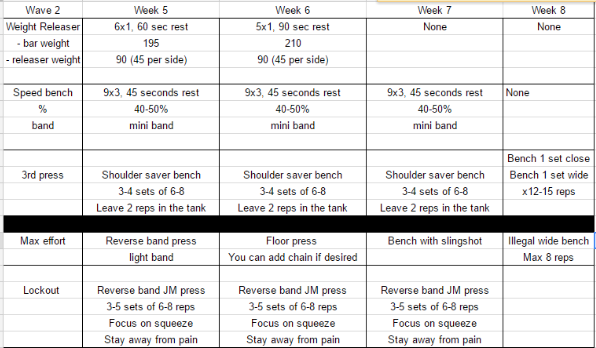
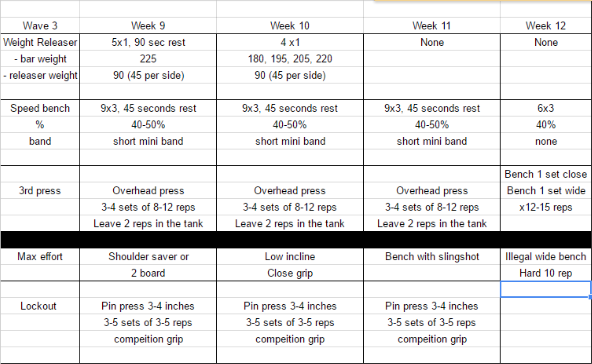
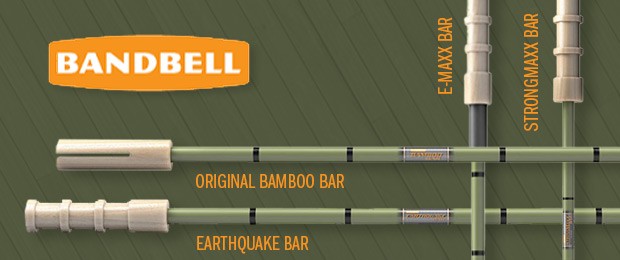
2 Comments